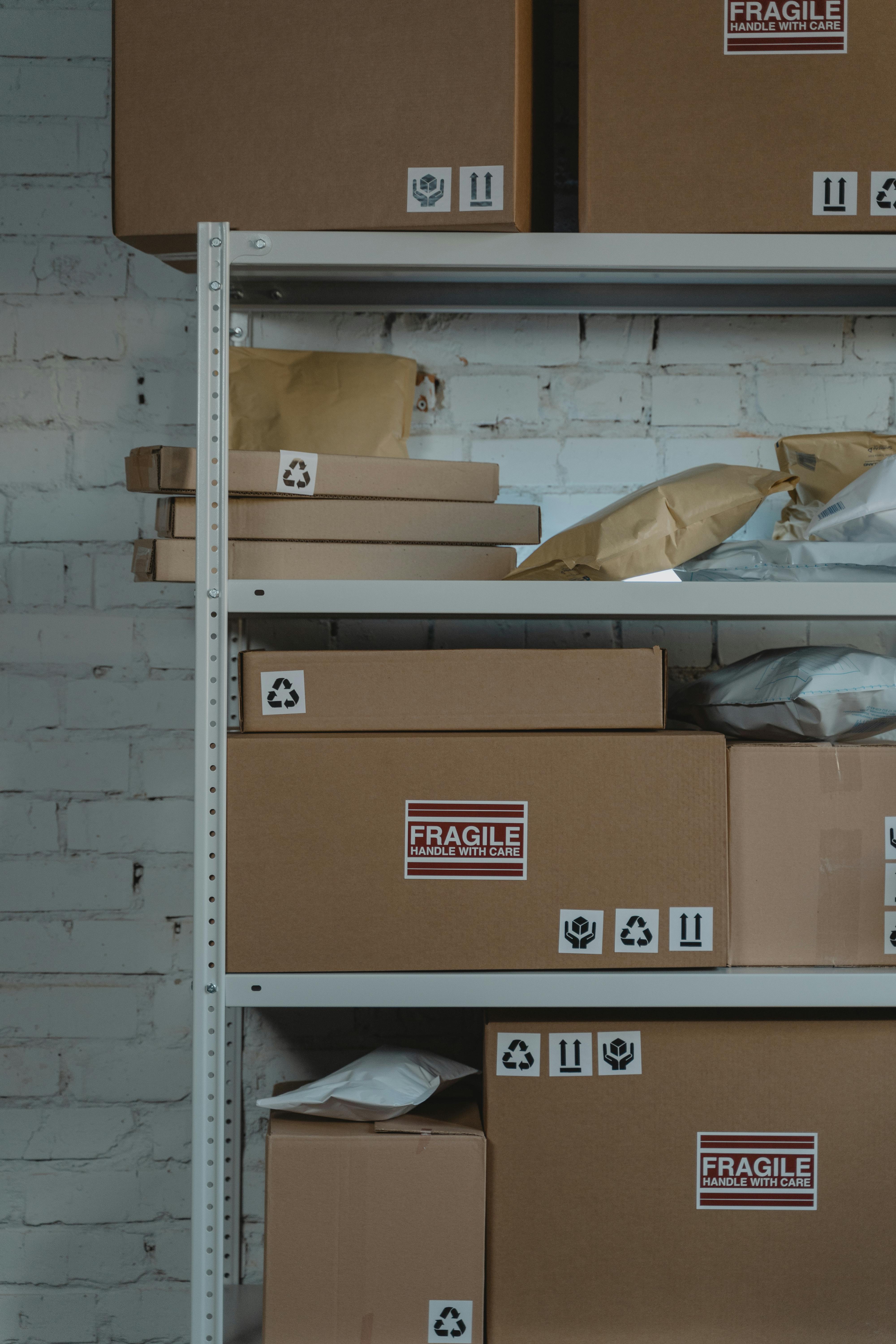Mastering Quality: Innovative Strategies to Enhance Supplier Quality in China
Unlock the secrets to elevating supplier quality in China with innovative strategies and practical tips for enduring success.

Understanding the Landscape: The Significance of Supplier Quality in China
In the globalization whirlwind, China has emerged as a pivotal manufacturing hub, thanks to its cost-efficient processes and broad production capabilities. To navigate this landscape successfully, begin with a deep dive into understanding regional quality standards within China.
This knowledge empowers you to align your sourcing strategies with maintaining high-quality outcomes, safeguarding product standards, upholding your brand's reputation, and ensuring customer satisfaction.
Preliminary Steps for Selecting High-Quality Suppliers
The key to identifying suppliers that meet your quality expectations involves deploying a multifaceted strategy. Utilize industry directories, trade shows, and online platforms to compile a robust list of potential suppliers. Elevate your selection process by scheduling in-depth factory visits and third-party audits, facilitating firsthand insights into the suppliers' operational capabilities and quality control processes.
Comprehensive Guide to Sourcing Reliable Suppliers
Finding trustworthy suppliers in China requires diligent research and thorough due diligence. Conduct comprehensive financial, legal, and reputational checks—possibly through third-party services—to ensure a potential supplier's compliance with quality standards. Place a premium on suppliers with internationally recognized quality certifications, like ISO, as these markings indicate a steadfast commitment to quality.
Importance of Due Diligence and Initial Assessments
A thorough due diligence process encompasses financial checks, reputational assessments, and legal verifications. Engaging third-party audit services can offer an independent evaluation of a supplier's compliance with quality standards and regulatory requirements. Initial assessments also need to consider the potential supplier's technological capabilities, scalability, and responsiveness to ensure they can meet your evolving business needs.
Leveraging Industry Reputation and Certifications as Indicators of Quality
A supplier's adherence to internationally recognized quality standards (such as ISO certifications) serves as a reliable indicator of their commitment to quality. Similarly, their reputation within the industry, garnered through client testimonials and case studies, can provide invaluable insights into their reliability and performance. Taking the time to investigate these aspects thoroughly can set the stage for a fruitful supplier relationship, minimizing risks, and paving the way for quality improvement initiatives.
Key Strategies to Improve Supplier Quality
Developing Strong Partnerships and Communication
At the heart of any effort to improve supplier quality is the necessity of building a strong partnership based on mutual trust and transparent communication. Regular meetings with your Chinese suppliers help establish a clear understanding of quality standards and create a platform for collaborative problem-solving and innovation. Sharing a meticulously crafted document outlining your quality standards can ensure alignment and swiftly address any quality concerns that arise.
Implementing Quality Control Measures
Quality control measures are crucial for maintaining and enhancing supplier quality. These protocols should include pre-production checks, in-line inspections during the manufacturing process, and comprehensive post-production assessments to ensure products meet established quality standards. Adopting recognized quality frameworks, such as ISO or Six Sigma, provides a structured approach to minimizing defects and maximizing product quality, thereby reinforcing your commitment to excellence.
Embracing Technology and Automation
The integration of technology into quality management processes has transformed the landscape of supplier quality improvement. Digital tools and automation enable more accurate tracking of production processes, real-time quality control, and predictive analytics for identifying potential issues before they escalate. Leveraging such technologies can improve visibility across the supply chain, empowering businesses to make informed decisions based on comprehensive data analysis.
Regular Audits and Continuous Improvement
Conducting regular audits of your suppliers' facilities is essential to verifying ongoing compliance with quality expectations and identifying areas for improvement. Foster a culture of continuous improvement by working closely with suppliers to act on audit findings and innovatively enhance operational procedures and product quality.
By embedding such actionable principles directly into the operational strategies for managing supplier quality in China, you can ensure higher quality standards, foster stronger supplier relationships, and maintain a competitive edge in the market.
Training and Development Initiatives
Investing in the training and development of suppliers can yield significant dividends in terms of quality improvement. Tailored training programs can address specific skill gaps, introduce advanced manufacturing techniques, and foster a deeper understanding of quality expectations. By supporting suppliers in their growth and operational excellence, businesses can nurture more reliable and resilient supply chains.
Navigating Regulatory Compliance and Ethical Considerations
Understanding and adhering to China's regulatory landscape is critical for smoothly conducting business operations. Keep abreast of the latest local and international laws and regulations affecting manufacturing and exports. Moreover, integrating ethical sourcing and sustainability into your quality evaluation criteria reflects not just on the caliber of your products but on your brand’s dedication to responsible business practices. Partner with suppliers who demonstrate a strong commitment to ethical standards, including fair labor practices and environmental responsibility, as this alignment is key to building a reputable and resilient supply chain.
Overcoming Common Challenges in Improving Supplier Quality in China
Improving supplier quality in China presents its own set of challenges, from overcoming language barriers and cultural differences to managing complex logistical arrangements. Deploy strategic measures such as hiring bilingual professionals or utilizing translation software to facilitate clear communication. Adopting technology solutions that offer seamless integration with your suppliers' systems can significantly mitigate logistical complexities, making the process of managing quality across borders more efficient.
Real-world Success Stories: Transforming Supplier Quality Management
Illustrating the impact of a comprehensive approach to supplier quality management, numerous businesses share their journeys of achieving significant improvements in collaboration with Chinese suppliers. These success stories highlight not just the reduction in defect rates but also the strengthening of supplier partnerships through transparency, mutual respect, and shared goals. Let these examples serve as inspiration, and consider implementing similar strategies tailored to your unique requirements and challenges. By learning from these real-world applications, you can refine your approach to supplier management, leveraging technology, quality control frameworks, and continuous improvement philosophies to achieve exceptional results.
By methodologically applying these strategies and fostering a culture of quality, transparency, and collaboration with your suppliers in China, your business can navigate the complexities of international manufacturing, ensuring product excellence and solidifying your brand’s position in the global marketplace.



